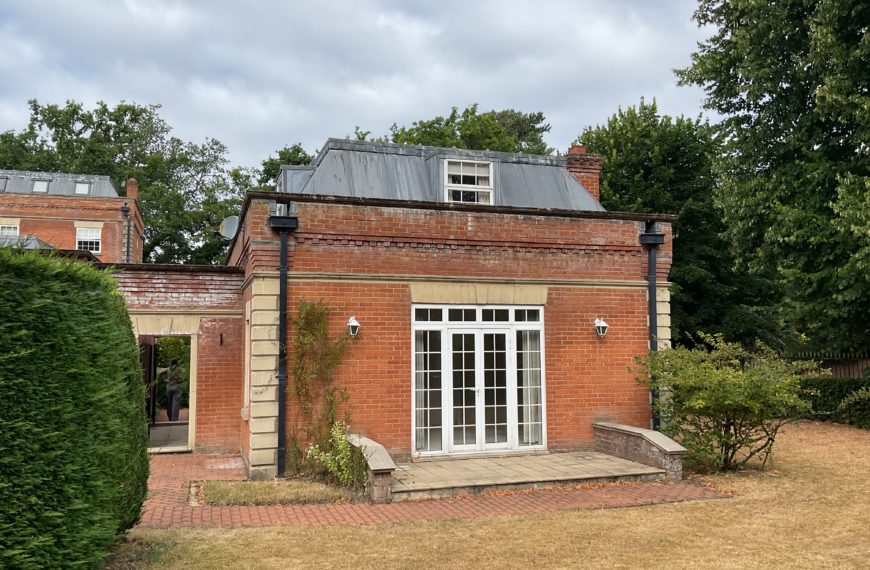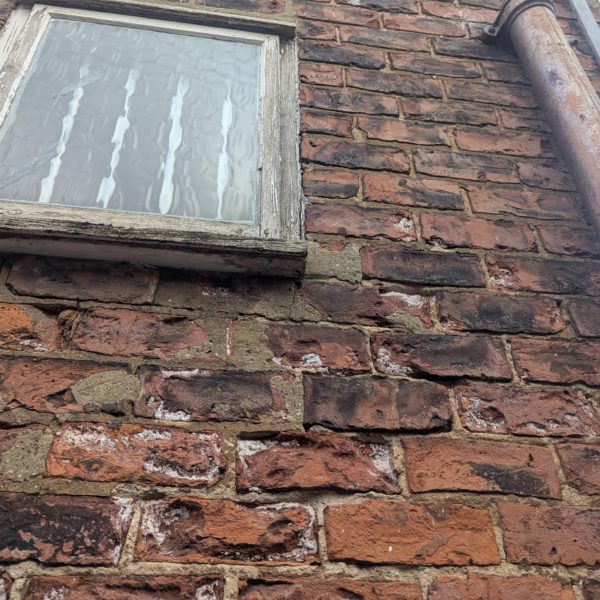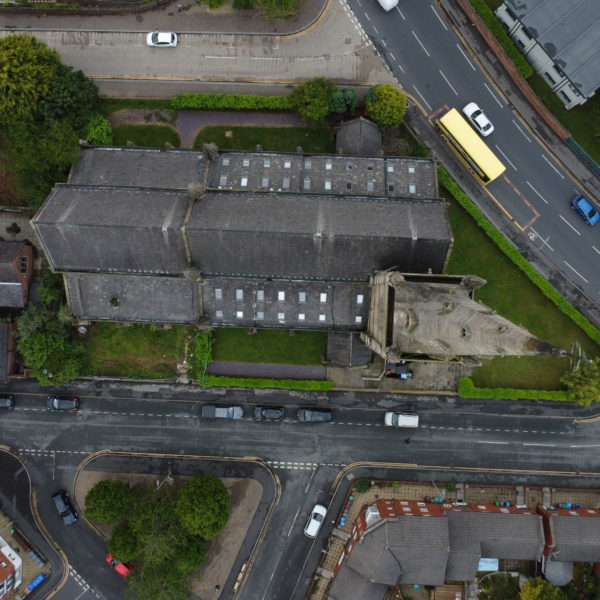Introduction
As chartered building surveyors specialising in dilapidations across the UK, we emphasise starting your lease on a firm foundation. A well-executed Schedule of Condition can significantly limit your repair liability later on. This guide walks you through each step, empowering you to negotiate with confidence and safeguard your future costs.
Speak to a member of the team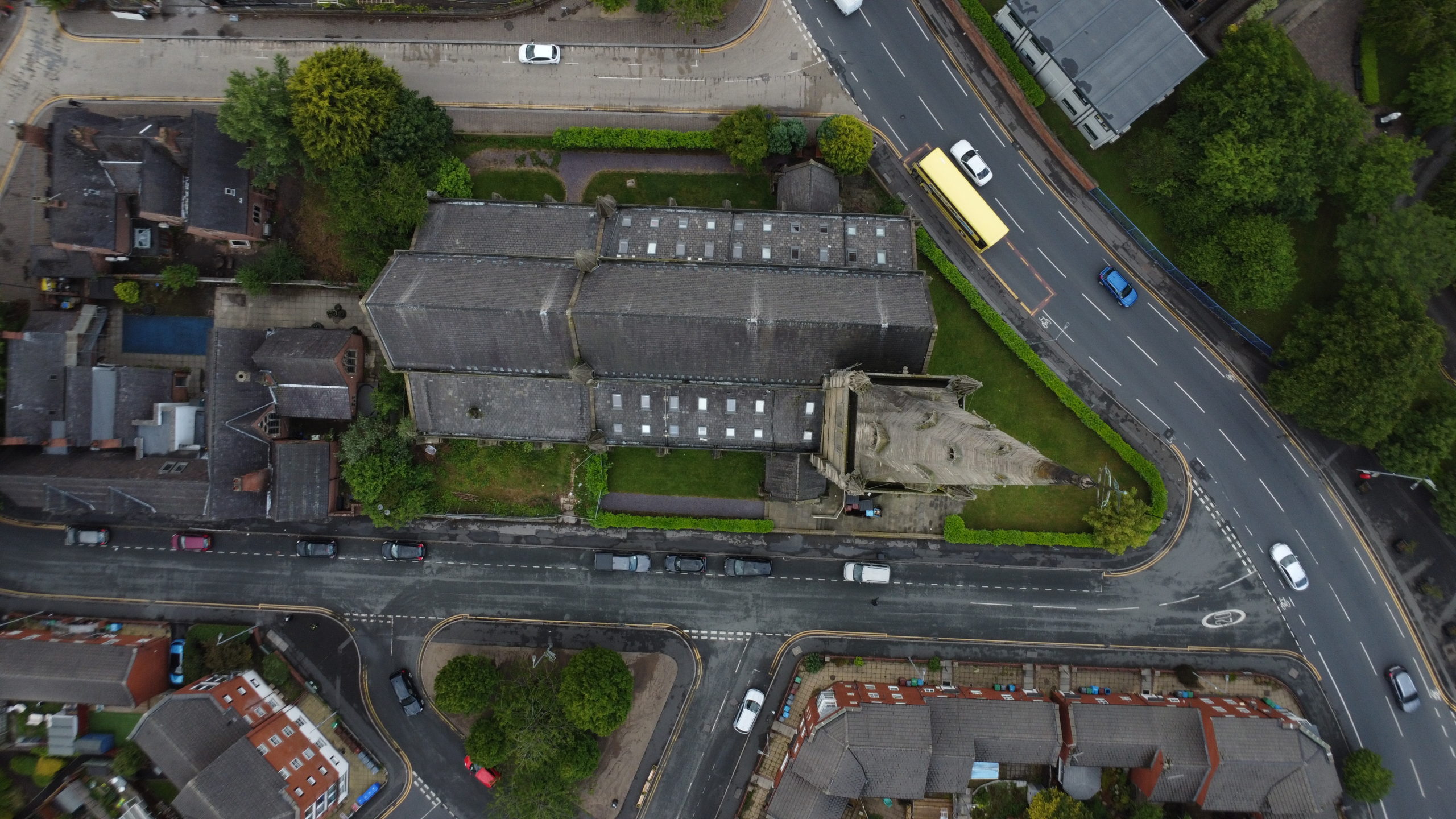
1. Understand Your Lease Obligations
Carefully review repairing obligations in your draft lease, commonly phrased as “keep in repair”, “put and keep in repair”, or “yield up in repair” clauses. These terms define the standard expected of you and, without a Schedule of Condition, can be interpreted broadly, potentially beyond what’s fair or reasonable. We recommend you always take advice from not just your solicitor, but a chartered surveyor on what your lease terms mean in the context of your building.
A Pre-Lease Survey is a good first port of call to ensure their aren’t any surprises after you sign your lease.
2. Commission a Professional Schedule Early
Hire a qualified RICS chartered building surveyor to prepare your Schedule of Condition before lease completion—it should form part of the lease documentation. The report typically includes:
- Written descriptions and annotated photographs (or sometimes video) of both interiors and exteriors;
- Notes on context items such as inspection date, weather conditions, site access limitations, and technical terminology.
3. Ensure Robust Content & Avoiding Common Pitfalls
A thorough Schedule of Condition should:
- Include a full-text photographic record, not just images, to capture areas that can’t be seen, such as dampness, crack width, structural movement.
- Acknowledge its limitations, visual records cannot cover hidden or latent defects and may leave areas of liability unaddressed.
- Be properly referenced in your lease, without explicit mention, you may remain fully liable for repairs, even for pre-existing damage
4. Review & Agree with Your Landlord
Promptly review the draft with your landlord to:
- Clarify any ambiguous entries or missing areas
- Agree on wording in the lease to limit your obligation to no worse than the condition documented
- Consider annexing both parties’ sign-off to prevent future disputes
5. Maintain & Store Secure Copies
Keep digital and physical copies throughout the lease term. These records prove invaluable when responding to a Schedule of Dilapidations at lease end
6. Use Profession Advice During Lease Negotiations
A Pre-lease survey can be used as leverage when negotiating lease terms, such as rent or repair obligations, especially if defects are apparent at the start. Detailed advice on strategy to reduce your future liabilities can begin before you sign your lease.
7. Budget for Future Exit Strategy
Keep any pre-lease survey and schedule of condition accessible and combine it with ongoing maintenance records. This will streamline the lease-end dilapidations process and support any disagreements or negotiations.
Calculate your survey costAbout Fourth Wall Building Consultancy
Fourth Wall Building Consultancy specialises in UK commercial property dilapidations, offering expert surveying and consultancy services tailored to landlords and tenants. We offer:
- Highly Experienced Chartered Surveyors with a proven track record in dilapidations claims.
- Transparent Pricing Models to help clients budget effectively.
- Early Engagement Approach, minimizing costly end-of-lease surprises.
- Comprehensive Reporting using the latest digital tools for clarity and precision.
- Dispute Resolution Support to avoid expensive litigation.
Related Services
- Dilapidations surveys and schedules
- Pre-Lease compliance and condition assessments
- Building condition reports and maintenance planning
- Dispute negotiation and expert witness support
Frequently Asked Questions (FAQs)
Q1. Do I legally need a Schedule of Condition before leasing?
No, it’s rarely mandated by law, but omitting it is unwise, especially for older or poorly maintained properties.
Q2. Who should prepare it, and why?
A RICS-accredited building surveyor offers the most legally robust and credible record, far more defensible than amateur or unauthorised documentation.
Q3. What makes a good Schedule stand out?
A powerful report combines annotated photographs, textual descriptions, site context (date, weather), and references to visible defects and existing conditions, ensuring comprehensiveness and clarity.
Q4. Can hidden defects cause me liability if not noted?
Yes, latent defects, such as poor construction or hidden damp, can still result in liability unless explicitly excluded or limited within lease wording or by a schedule of condtion.
Q5. How should I store and use the Schedule?
Keep it safely and use it proactively, during lease disputes, maintenance planning, or exit negotiations to defend any dilapidations claims.

